As if finding the Cape parrot – Africa’s rarest – is not enough of a challenge, my wife and I went about this daunting task accompanied by our 20-month-old toddler!
Renate and I always try to fit in a bit of quality time together before heading to the coast for the greater family Christmas obligations. This year we decided on a 4-night stay in Magoebaskloof, to find said rarest parrot and do some serious birding (avec our bundle of joy and mischief).

Our birding mission for the trip was to get photos of some forest specials and to spend time with South Africa’s only endemic parrot – and to get photos of it in the process!
Cape parrots (Poicephalus robustus) are threatened by a cocktail of threats including illegal capture, disease and low breeding success due to the large scale destruction of their mist-belt forest homes (they depend on yellowwood trees for nesting sites and food). So yes, they are seriously special – and being a forest bird, really tough to get good views of.
We stayed at Kuhestan Organic Farm, a perfectly located farm if you are into birding.
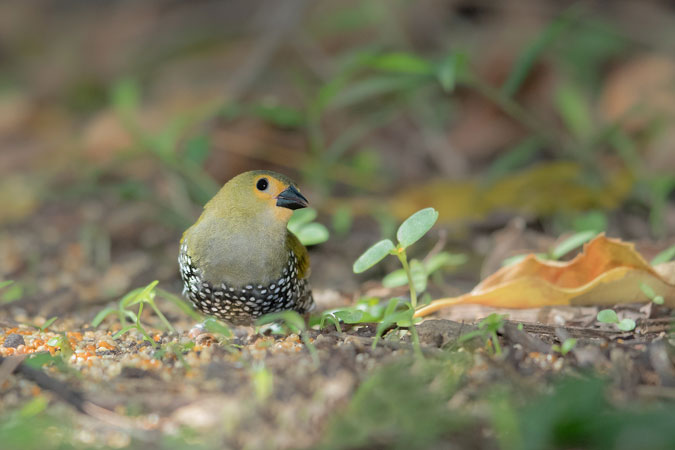
After arrival, we set out from the farm to explore the immediate surroundings. The going was slow…really slow! Our daughter wanted to play with every stick, rock, creepy-crawly or whatever she could find – we did about 300m in more than an hour and didn’t even get into the forest patch! Renate and I looked at each other with large eyes – how are we going to do this?? We heard a narina trogon and a buff-spotted flufftail calling tantalisingly from the forest patch, but we couldn’t get that far. But at least our daughter had some fun!
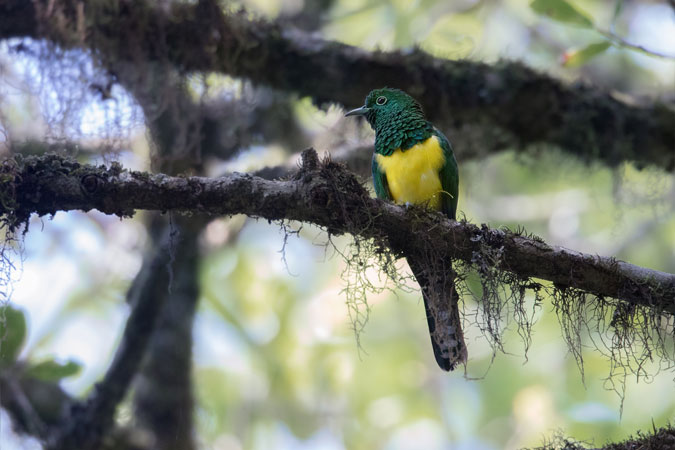
The next morning, I headed for the forest with Paul (a bird guide from the area). My tactic was to go with a guide who would show me the productive sites, that would give me a better feel for the area, and then during the next three days bird these areas with my wife and daughter.
Paul and I enjoyed awesome views of narina trogon, African emerald cuckoo, orange ground-thrush (although high up in a tree), yellow-streaked greenbull, black-fronted bushshrike, olive woodpecker, Barratt’s warbler and the highlight of the morning – awesome views of a buff-spotted flufftail! I messed up the photo though, but was really happy with an excellent view of the bird!
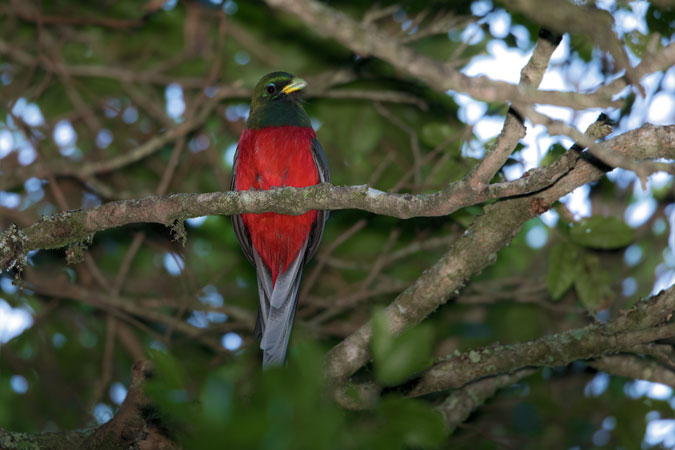
We also visited the beautiful Debegeni waterfalls, where we picked up a rarity/ palearctic vagrant, the grey wagtail! It was really skittish, but luckily I was able to get a decent photo.
In the next few days we birded the area and I was able to get photographs of most of the forest specials, except the Cape parrot – although we did glimpse a few brief fly-bys…
We also visited Kurisa Moya Nature Lodge, one of our favourite forest birding destinations, and added photos of forest canary, green twinspot, swee waxbill and African firefinch to our list.
We really enjoyed our stay at Kuhestan Organic Farm. The owners provided us with fresh bread and milk daily, as well as a freshly harvested mixture of berries, which our daughter loved! The gardens and lawns are exquisite, and the cottages really comfortable. It must be one of the best located farms if you are into birding! Highly recommended.
But still, a decent Cape parrot sighting evaded us, and we were already in the post-lunch session of our last day…

Our luck changed on the last afternoon! It is crazy how often it happens that on the last stretch you get your target! A mere 10 minutes’ drive from Kuhestan we came across a huge flock of more than 40 Cape parrots – feeding in the Mexican cherry trees alongside the main road! We had checked out this area during the previous 3 days, but without luck – and now they are here, giving us a show! We spent the next hour or so with the flock, they got used to our presence and moved lower down in the trees, which of course meant better photos! Such a privilege spending time with Cape parrots – a moment we will never forget.
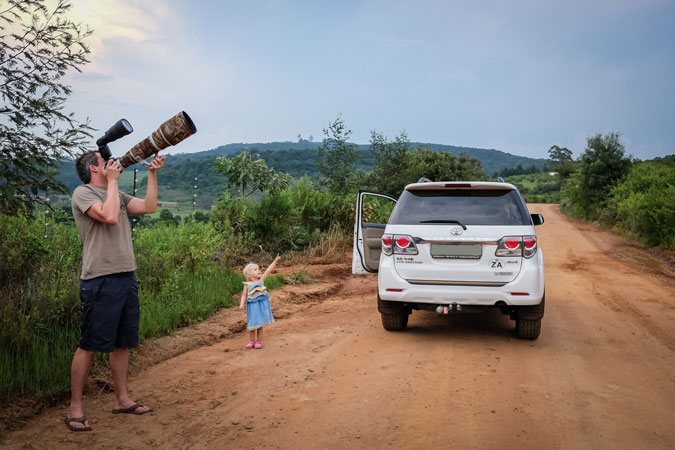
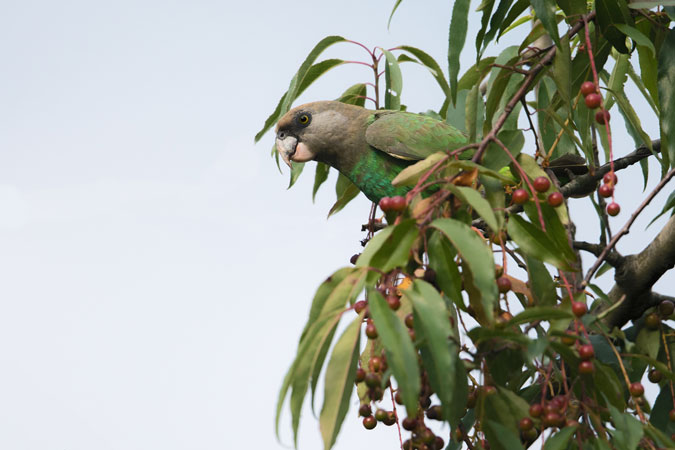
We did well, especially our little daughter. She enjoyed the forest a lot, and absolutely loved the Cape parrots – I think probably because it was the only forest bird she actually saw!
Magoebaskloof is on your way if you are visiting central Kruger National Park or the Lowveld from Johannesburg, so make sure to spend some time there and explore these wonderful forests and waterfalls.
Also read: Counting the Cape parrot
To comment on this story: Login (or sign up) to our app here - it's a troll-free safe place 🙂.![]()






